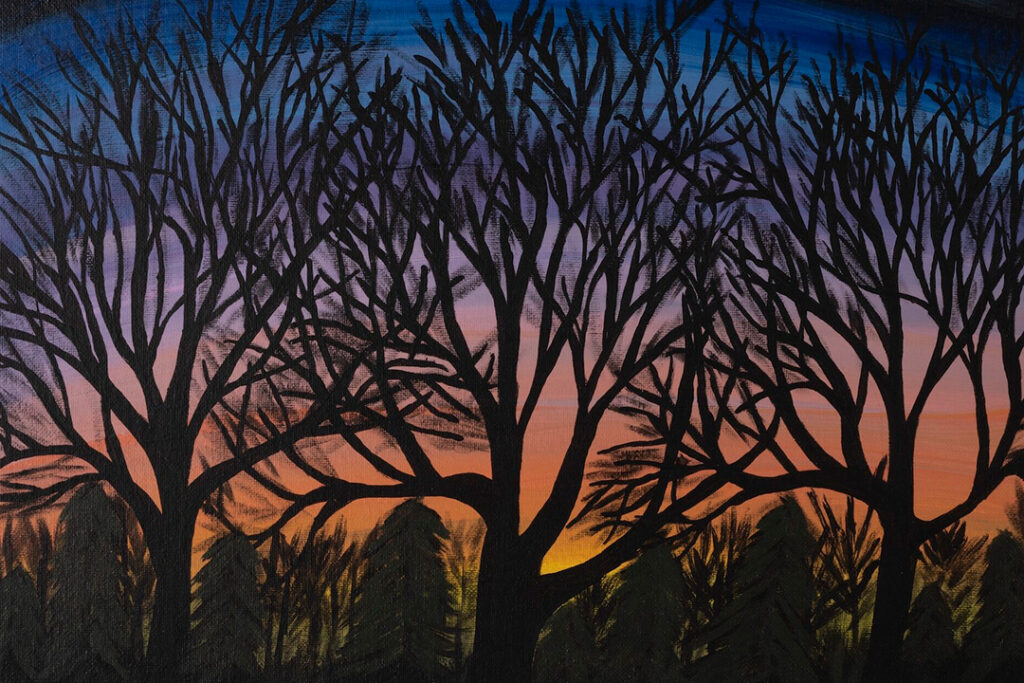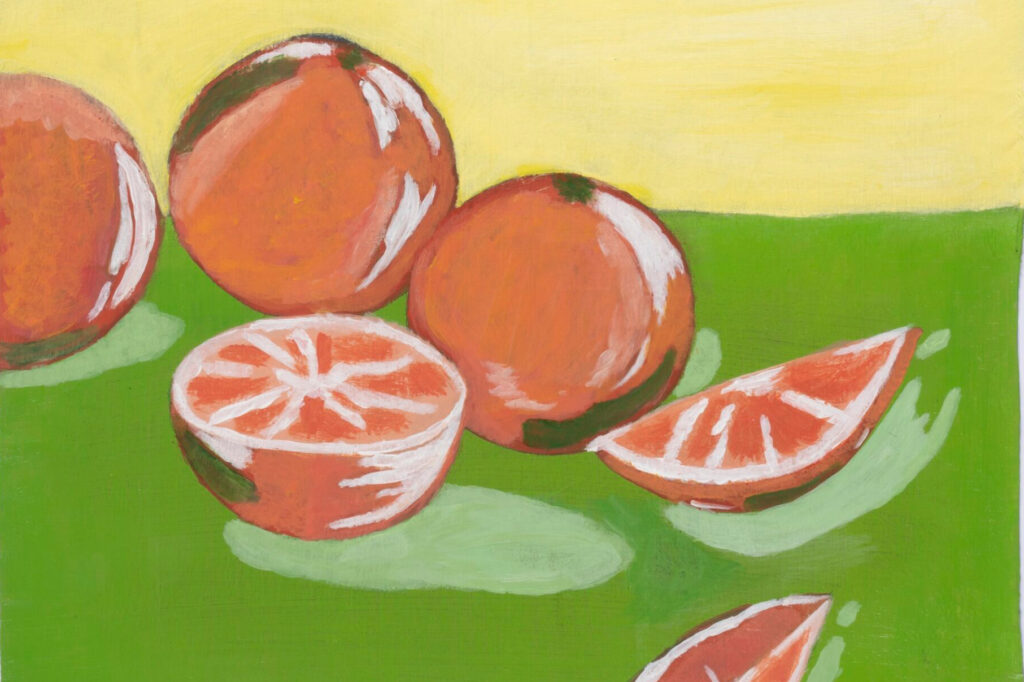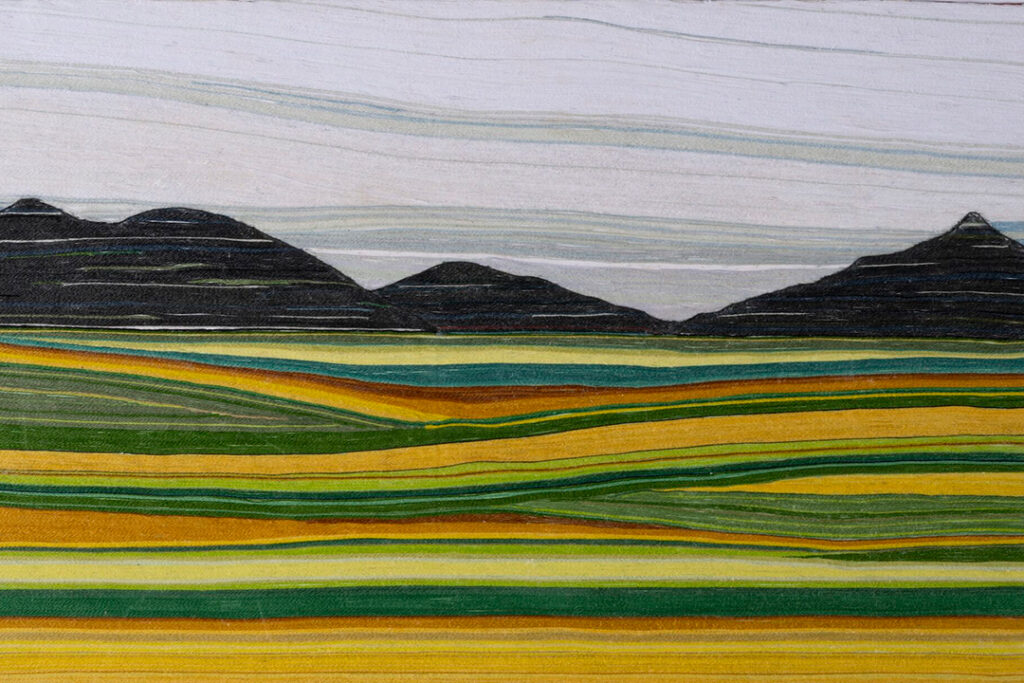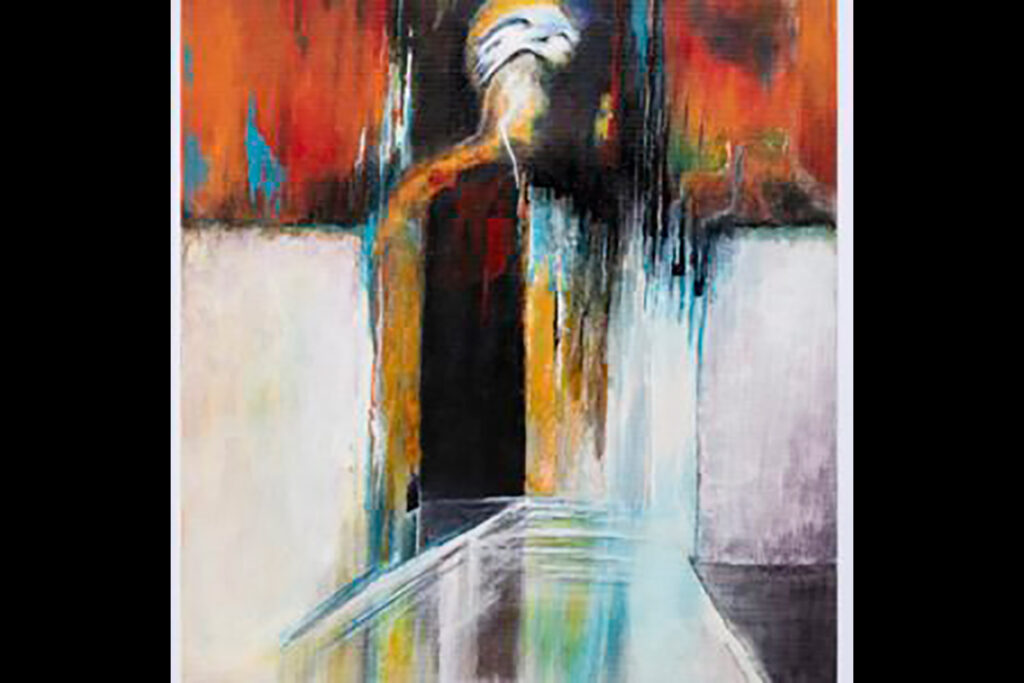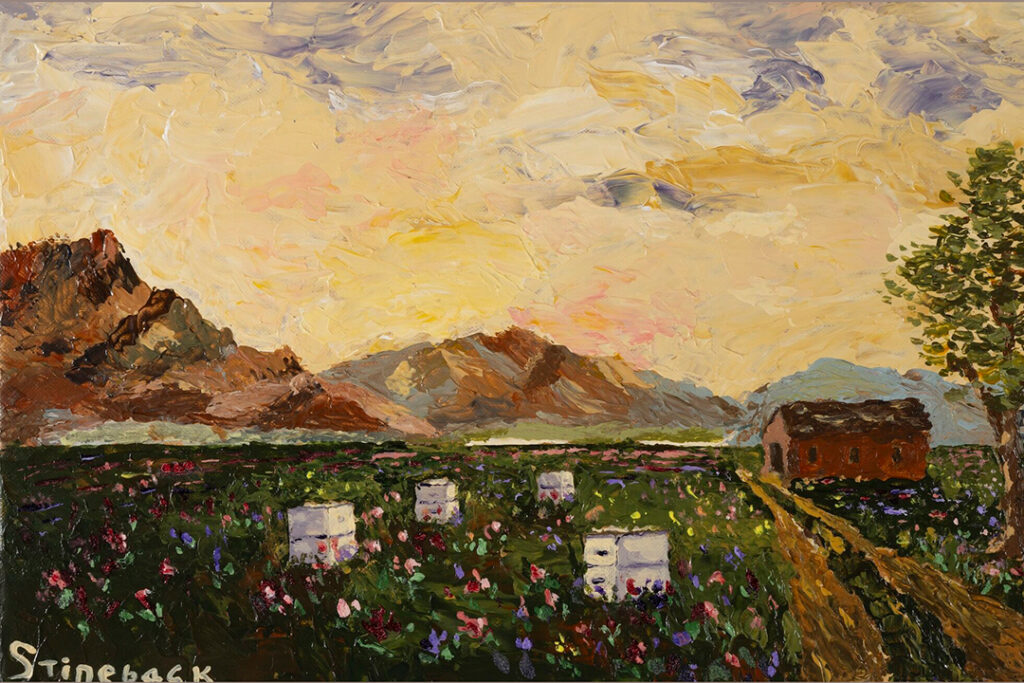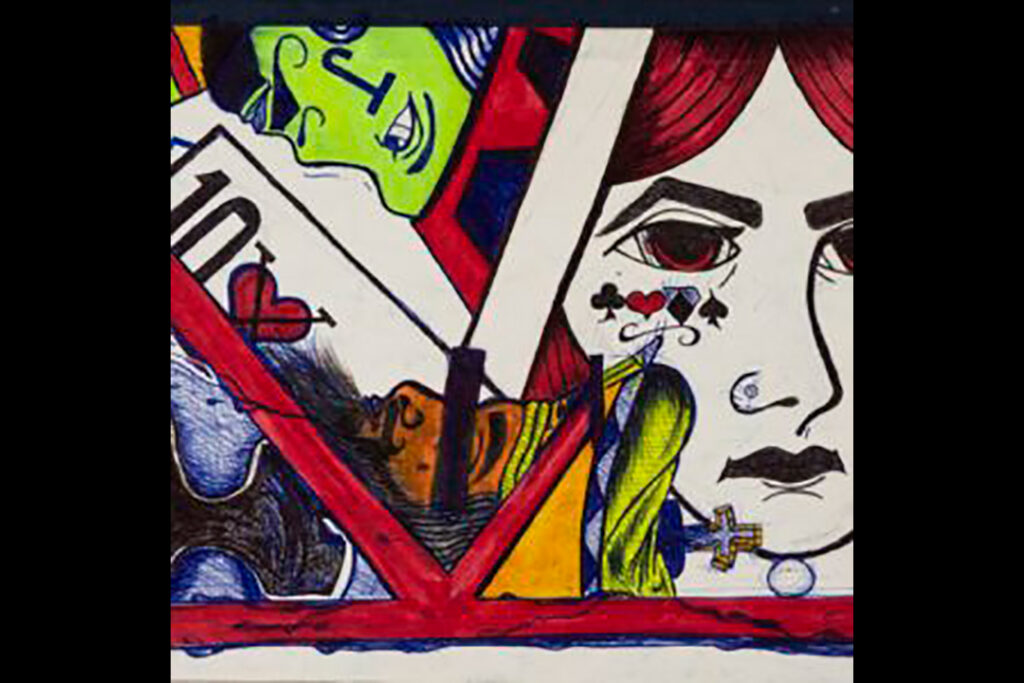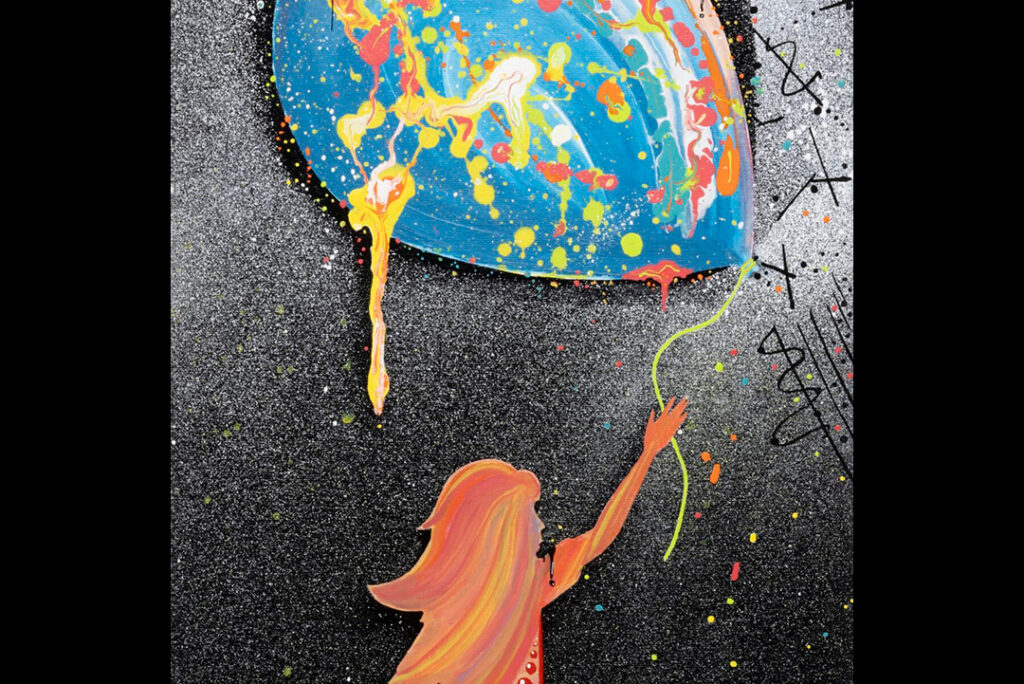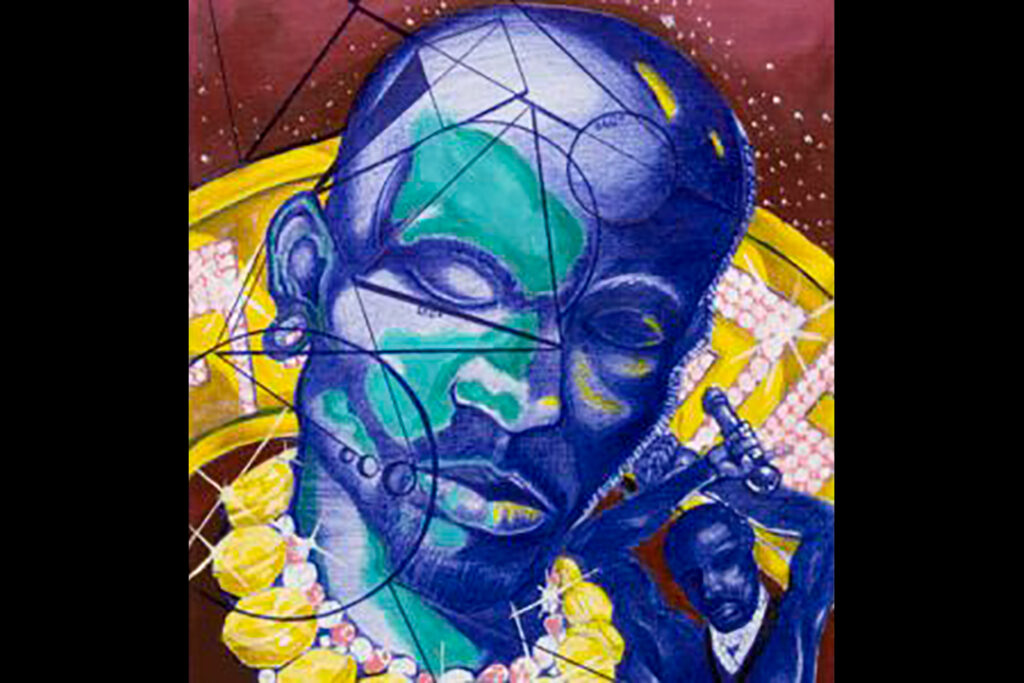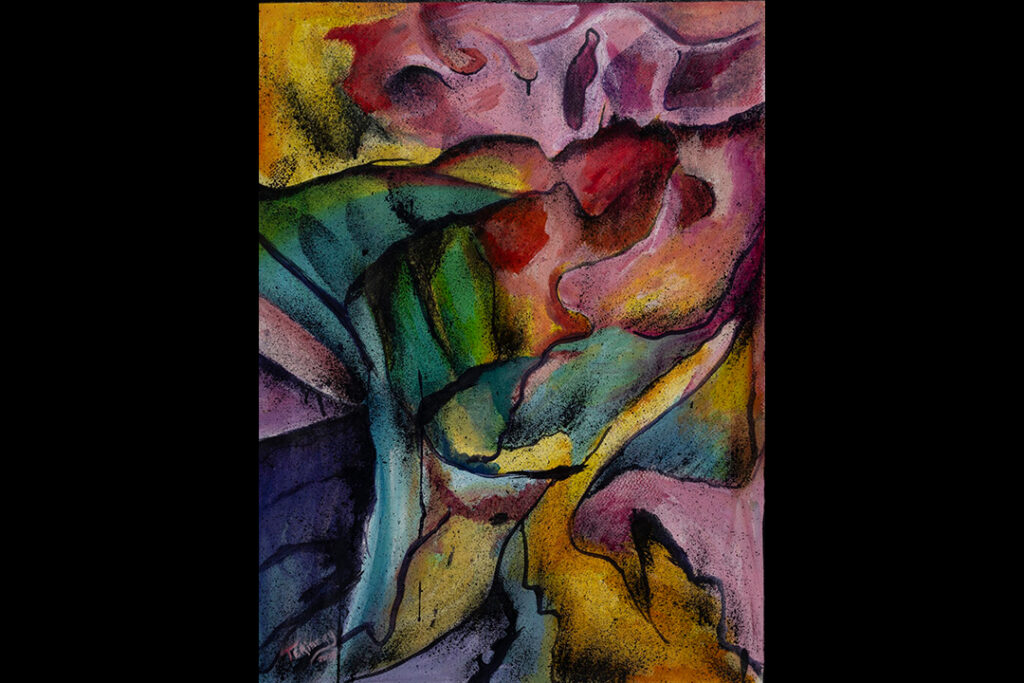Filling a gap: U-M students help combat Michigan’s shortage of rural dentists

Northern Michigan resident Becky Klein was surprised to learn that the dentists at the Thunder Bay Community Health Service clinic were students from the U-M School of Dentistry. They turned out to be just as competent and professional as seasoned practitioners, she said, and excellent communicators.
-
Playing video games for better, not worse
Some video games can make children kinder and more likely to help—not hurt—other people.
-
Why dishing does you good
How come dishing with a girlfriend does wonders for a woman’s mood?
-
Applications to U-M continue to reach historic numbers as financial aid rises to unprecedented levels
For the third consecutive year, the University of Michigan received a record number of applications from prospective freshmen: 29,939 for 2009-10, compared to 29,806 in the previous year. As of June 8, 14,918 of these applicants were offered admission to the university’s Ann Arbor campus.
Related: U-M plans largest ever investment in financial aid.
-
What to expect of the flu
H1N1 (swine) flu isn’t gone yet. Here are tips from U-M’s health system for dealing with it when flu season starts again in the fall.
-
Chemicals in common consumer products may play a role in pre-term births
A group of common environmental contaminants called phthalates, which are present in many industrial and consumer products including everyday personal care items, may contribute to the country’s alarming rise in premature births.
-
U.S. seniors 'smarter' than their English peers
A study of nearly 14,000 U.S. and English seniors shows that 75-year-olds in the U.S. have memories as good, on average, as 65-year-olds in England.
Columns
-
President's Message
Reaffirming our focus on student access and opportunity
U-M seeks to ensure every student will rise, achieve, and fulfill their dreams. -
Editor's Blog
Peace out
It's a mad, mad, mad, mad world out there. -
Climate Blue
Keeping our focus on climate
As federal support for climate science wanes, Ricky Rood remains hopeful. -
Health Yourself
Are you an ‘ager’ or a ‘youther’?
Why do some people appear younger or older than people born in the same year?
Listen & Subscribe
-

MGo Blue podcasts
Explore the Michigan Athletics series "In the Trenches," "On the Block," and "Conqu'ring Heroes." -

Michigan Ross Podcasts
Check out the series "Business and Society," "Business Beyond Usual," "Working for the Weekend," and "Down to Business." -

Michigan Medicine Podcasts
Hear audio series, news, and stories about the future of health care.
In the news
Creativity and connection across prison walls
One of the world’s largest and longest-running exhibitions of incarcerated artists is back with new programming designed to foster connection and deepen public understanding of incarceration in Michigan. The 29th annual Exhibition of Artists in Michigan Prisons, curated by U-M’s Prison Creative Arts Project, showcases 772 artworks by 538 artists incarcerated in 26 state prisons. The Duderstadt Center Gallery on U-M’s North Campus is presenting the artwork through April 1.








